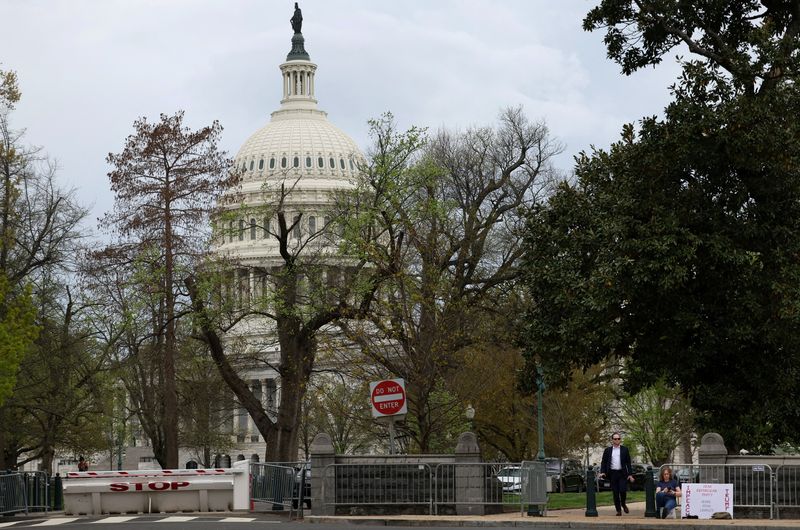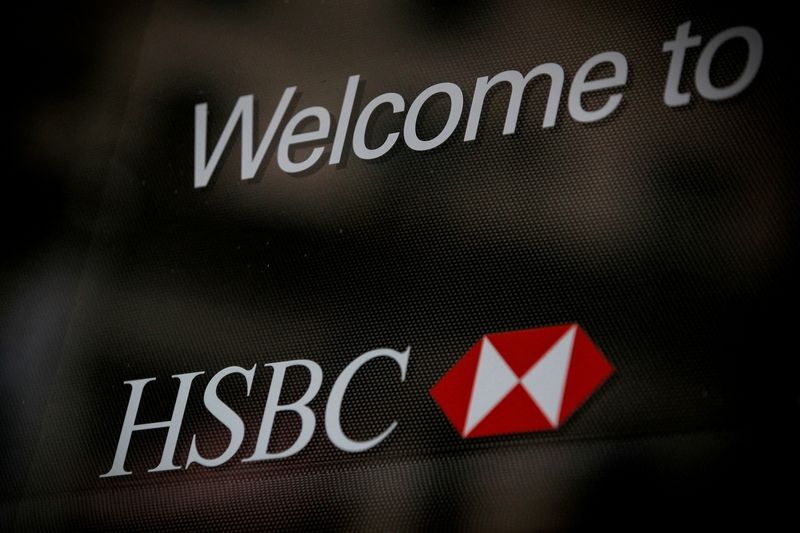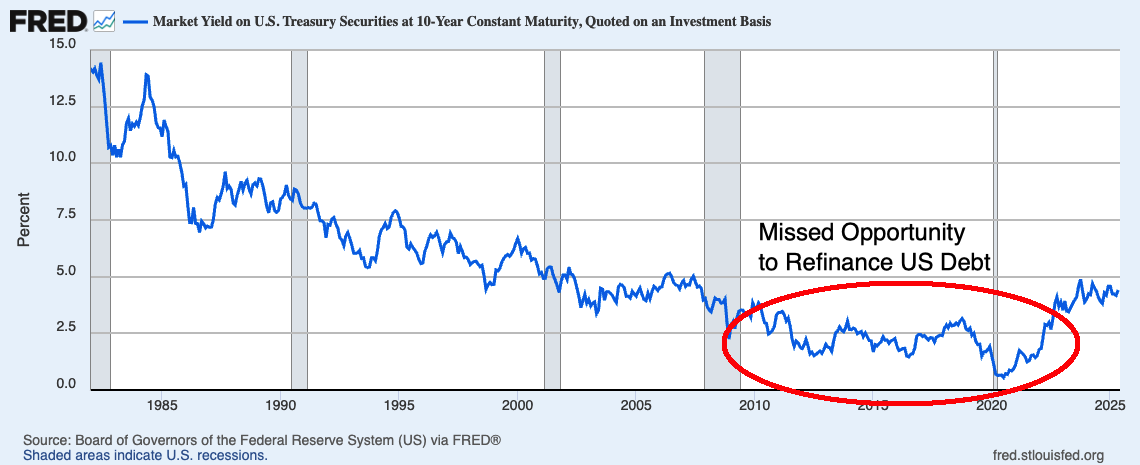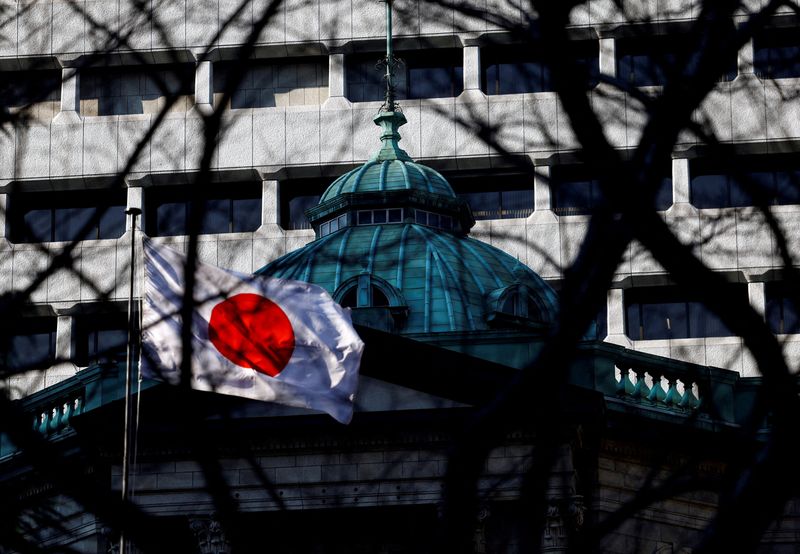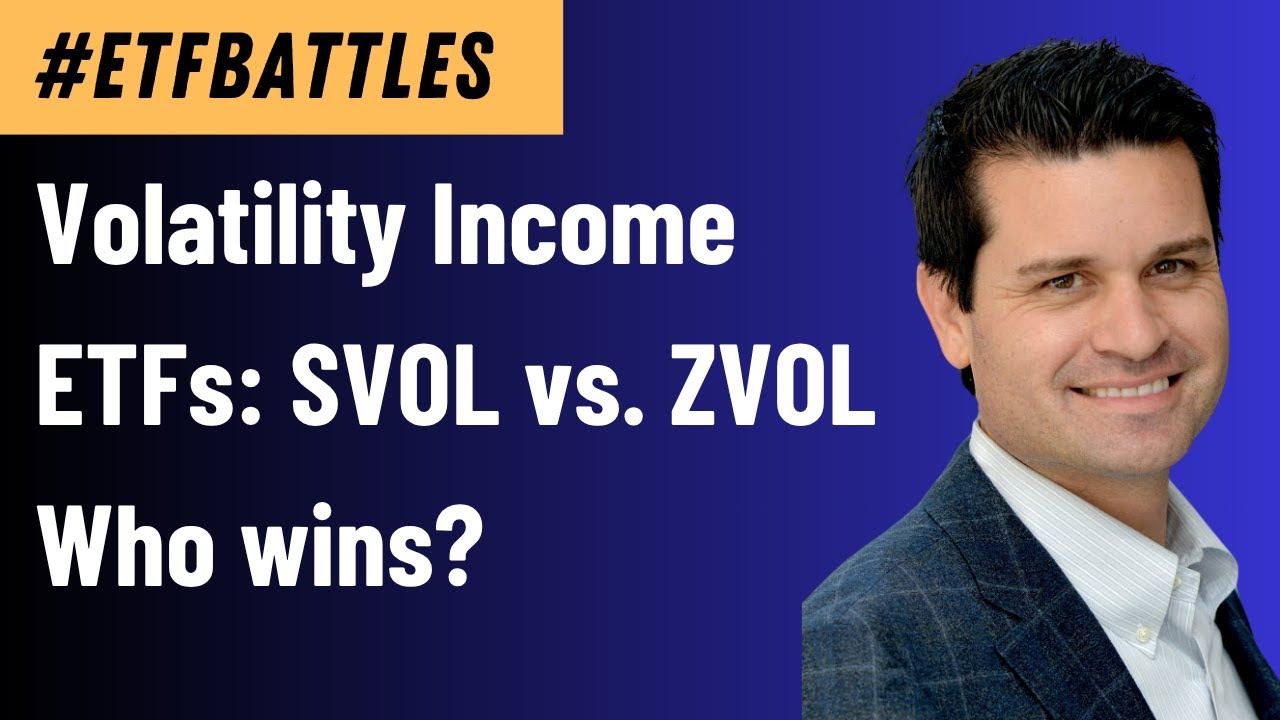The U.S. minted more than 560,000 new millionaires in 2024, far outpacing other countries
Last year was a good year for the ultra wealthy—at least for those based in the U.S.

Last year was a banner year for the rich—at least for those based in the U.S. Thanks to a favorable interest rate environment and booming domestic stock market, the population of high-net-worth, or HNW, individuals grew significantly in North America in 2024, while the same population fell across Europe, Latin America, and the Middle East.
That’s according to the Capgemini Research Institute’s World Wealth Report 2025, published Wednesday. The global population of HNW individuals—those with at least $1 million in investable assets outside of their primary residences—rose by 2.6% last year, while the number of ultra-high-net-worth, UHNW, individuals—those with at least $30 million liquid—grew by 6.2%. In the U.S., the HNW population rose almost triple that amount, by 7.6%, and 562,000 new millionaires were minted in 2024.
The surge is thanks largely to 2024’s strong stock market returns, which was powered in particular by optimism over artificial intelligence stocks, according to the report. Asian countries including India and Japan also had standout years, with their HNW populations each growing by 5.6%.
Europe, meanwhile saw its HNW population decline by just over 2% due to economic stagnation.
But even that doesn’t tell the whole story. While countries like the United Kingdom, France, and Germany lost tens of thousands of millionaires each, they also saw their UHNW population surge 3.5%. That reflects the increasing concentration of wealth countries around the world around experiencing.
Alternative investments including private equity and cryptocurrencies are an “established presence” in HNWI portfolios, according to the report, comprising 15% of holdings.
Things could look a little different this year, thanks to a volatile stock market stemming from President Donald Trump’s shifting trade policies. While wealthy investors often have the cash on hand to ride out any prolonged periods of volatility, the same can’t be said for the average investor.
The 3-part great wealth transfer
Capgemini’s report also details the coming $83.5 trillion great wealth transfer, which it says will happen in three main stages: 30% of HNW individuals will receive an inheritance in the next five years, 63% will by the end of the next decade, and 84% will by 2040.
That will create the next generation of HNW investors, who may have different priorities and investment interests than the current wealth holders.
“The next-generation of high-net-worth individuals arrive with vastly different expectations to their parents,” said Kartik Ramakrishnan, CEO of Capgemini’s Financial Services Strategic Business Unit, in a press release. “This necessitates an urgent shift away from traditional strategies to effectively cater to their evolving needs on this wealth journey.”
The report points to that 15% allocation to alternative investments as one example. And that may actually be on the low end of the UHNW investor spectrum: A recent report from UBS found that family offices, managing an average net worth of $2.7 billion, have allocated 21% of their portfolios to private markets, on average.
This story was originally featured on Fortune.com

































